
Photos by the author.
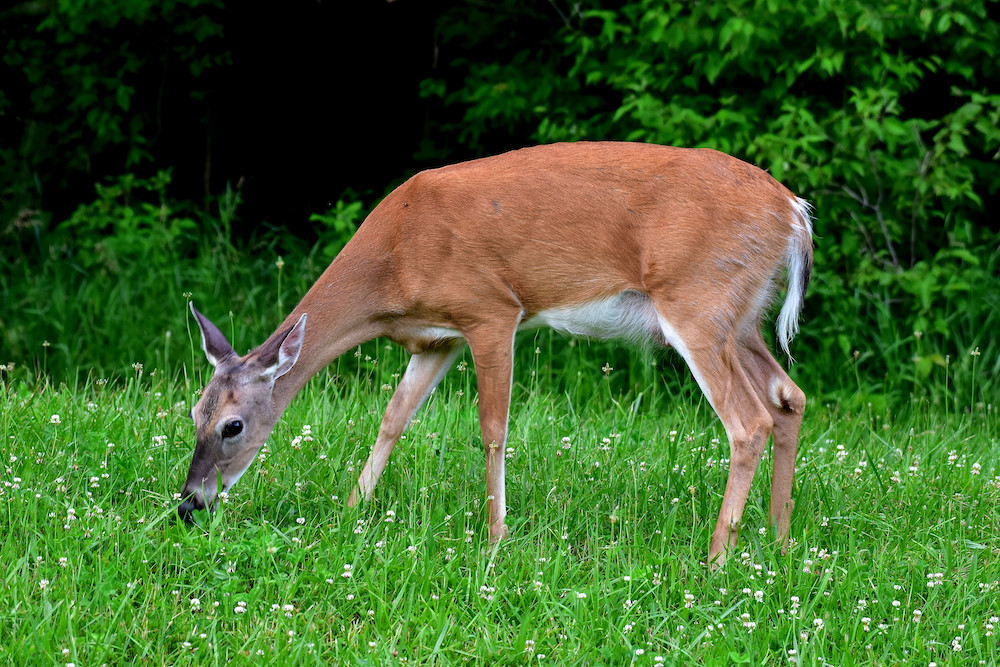
A white-tailed deer’s diet varies throughout the year. Their feeding habits must adapt to the changing of the seasons and the available food sources at those times, as well eating in preparation for calorie-demanding periods such as rut and the oncoming winter for example.
Before we look into the season-by-season food sources of the white-tailed deer it is important to understand their digestive system and how it processes food sources into digestible material so that the deer can absorb all the nutritional value that is possible.
White-tailed deer have a four chambered stomach. Fortunately, they do not have to do a lot of chewing when they first eat but need to chew just enough to swallow the material. The slightly chewed food goes to the first stomach chamber, called the rumen, which is area used for nothing more than storage. The deer then can bring the material up later to chew it again. This process is called cud chewing.

The food is then sent to the second chamber, or reticulum. The reticulum is full of microorganisms which, in a process called fermentation, break down the food that the deer has eaten. The fermentation process makes it easier for the deer to absorb its food.
The next time the cud is chewed those microorganisms are now mixed in with the digested food. The food then goes to the third chamber, or omasum, where the liquid will be absorbed.
The cud then moves on to the abomasum which is the last chamber. There are the gastric juices that continue the digestive process. Foods then are sent to the intestines where the deer absorbs the nutrient value of its foods.
Spring Foods
New growth piques the interest of deer. Woody plants and stems and new buds are always a favorite. Any acorns remaining in edible condition will be eaten. Deer will also eat some types of mushrooms. High protein food is most sought during the spring and summer seasons.

Summer Foods
Deer seek much the same foods as they do in the spring but also search for forbs (broader leaf plants) because they will have a higher water content. Deer will not seek out thin type grasses unless there is no other food available. New green growth from soybean plants in the agricultural fields is also a favorite during the summer months.
Fall Foods
In the fall deer must begin to prepare for the rut as well as the coming of winter. Energy levels peek at this time and therefore deer must change over their diet to help keep those energy levels up.
Ripened fruit (such as apples and pears) and a variety of berries attract deer early on in the fall. Corn, of course, is a food staple in Illinois. In areas that offer a good supply of white oaks and the acorns that it supplies, deer may never leave the area. White oak acorns are preferred by deer because these acorns have less tannins than the other species of oaks. Of all available food sources, acorns will be picked above all others.

Once the rut is over deer will begin to focus on fattening up for the winter season. They will finish any leftover fruit or berries, glean the cornfields, and then move into the acorns and other favorable nuts. Pods from the honey locust tree are also eaten.
Winter Foods
Once all the nuts and Locust pods are gone, deer will have no choice but to eat what they can to survive. Woody browse is a good portion of their winter diet.
The diet of a whitetail is quite complex but somewhat predictable. There is a set pattern that, to some extent, they must follow. As hunters, your key to success just might be upgraded by studying the feeding habits of deer in your area.
Kevin Wright is an award winning outdoor writer and wildlife photographer whose work has been published in a number of publications and websites throughout the country. He lives and works out of central Illinois.





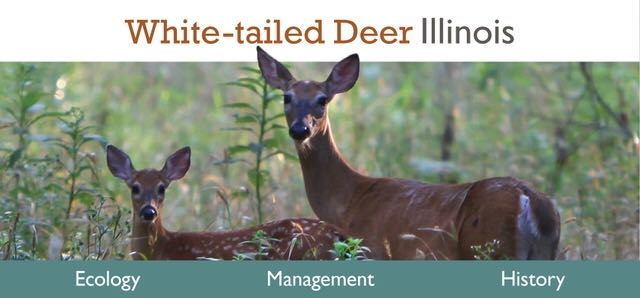
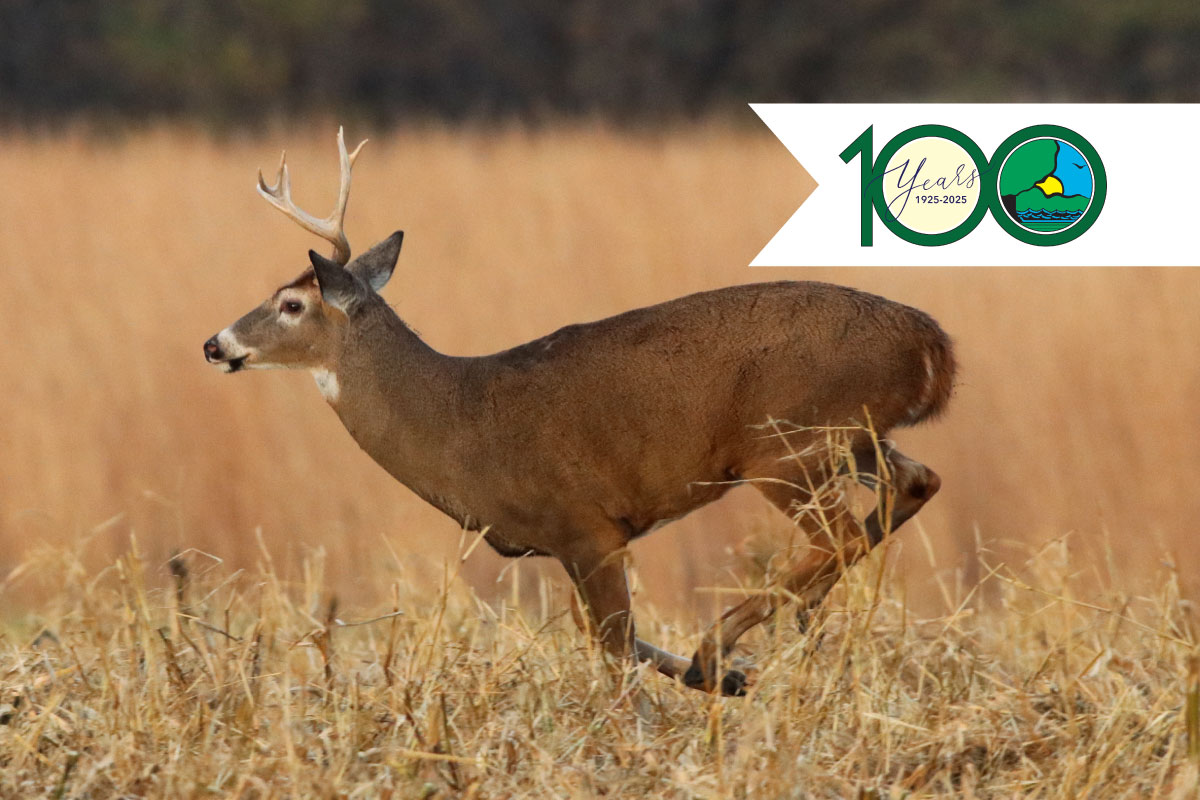
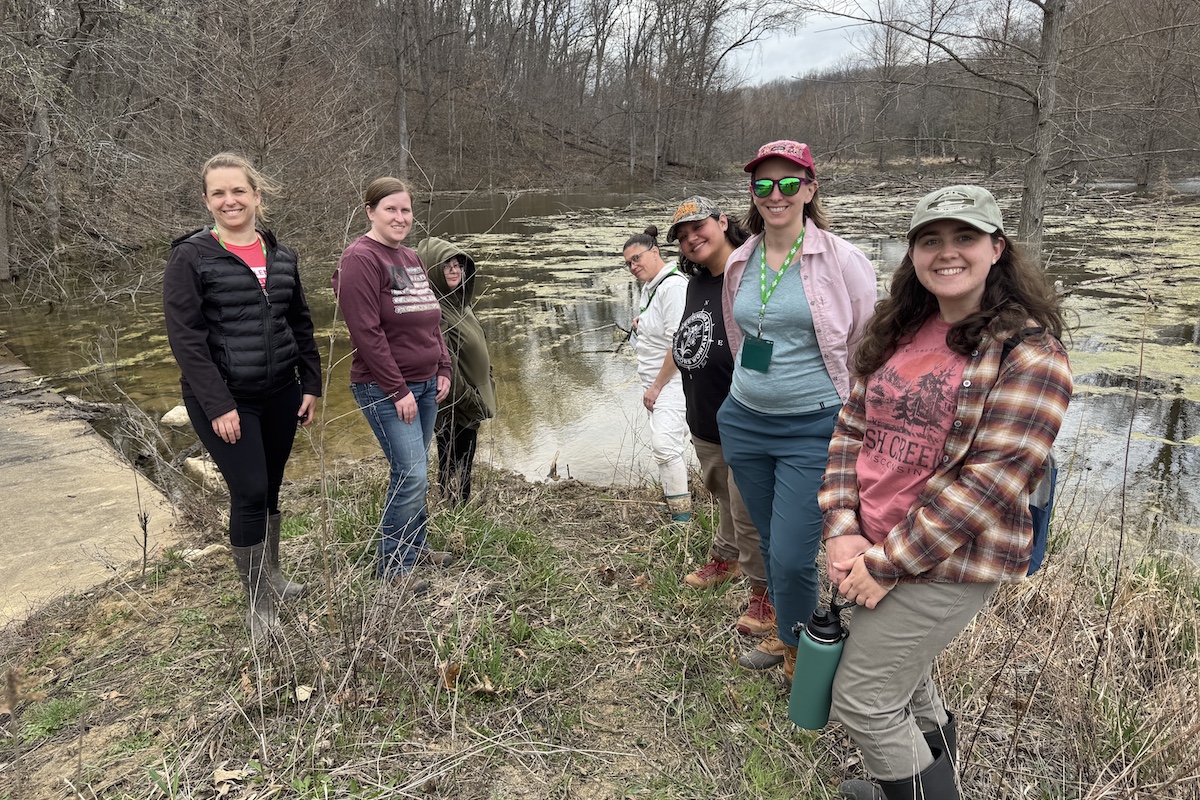
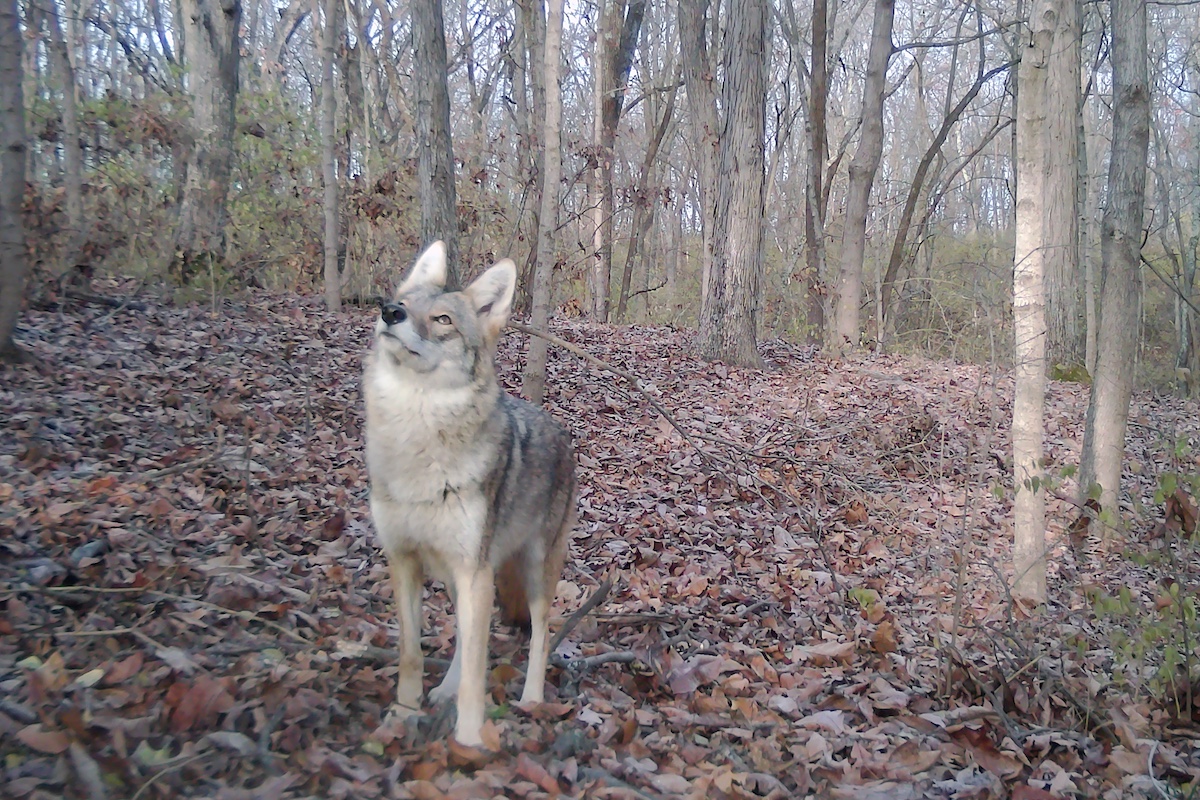
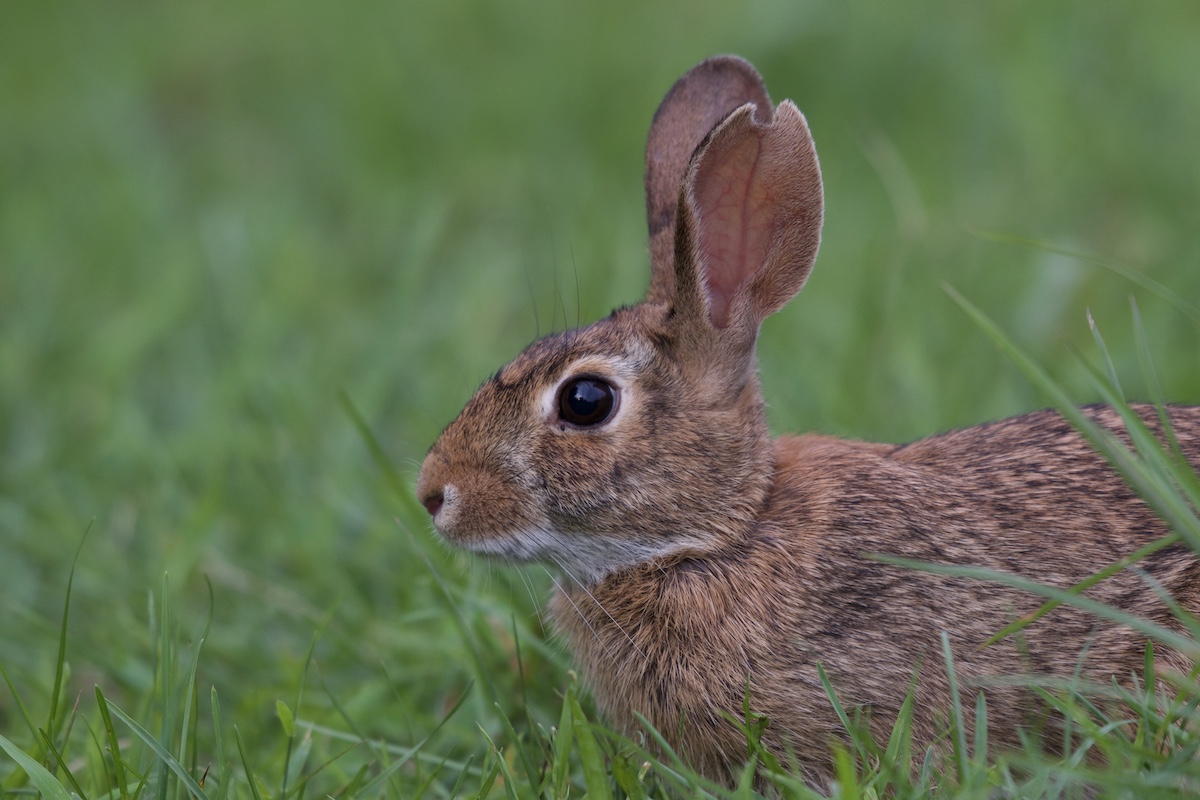
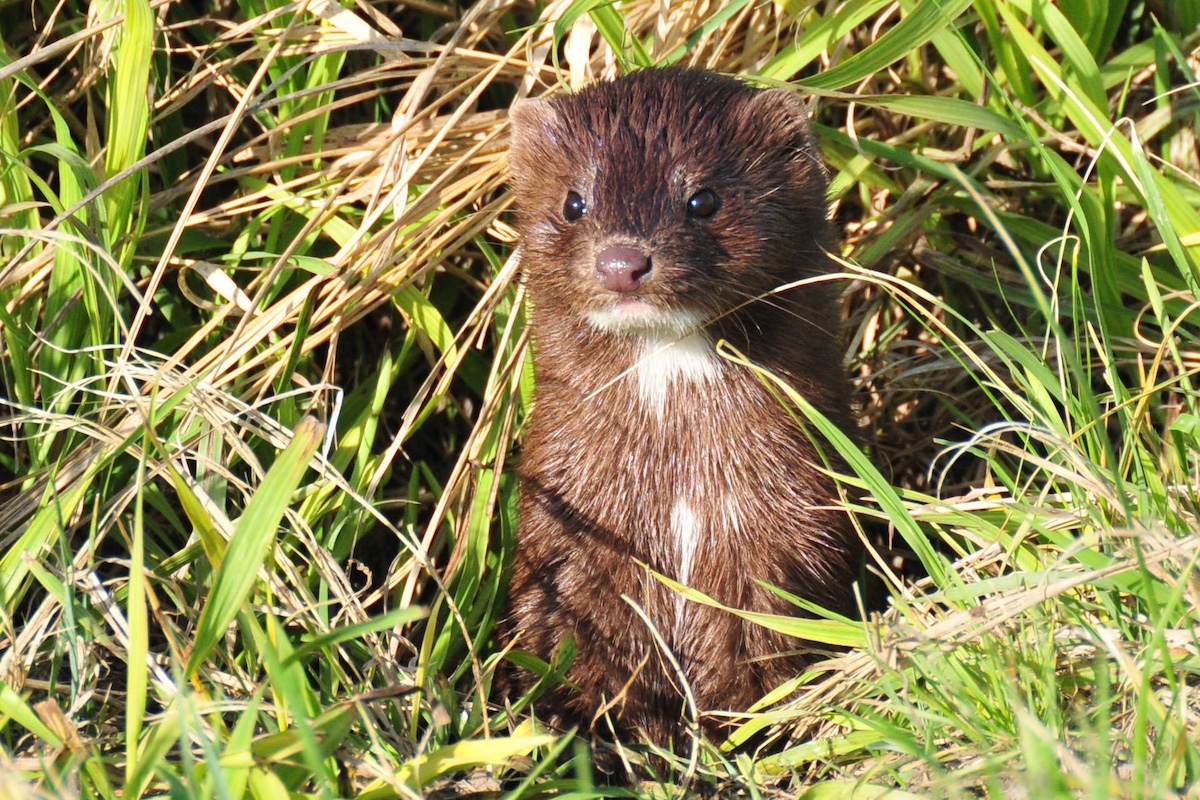
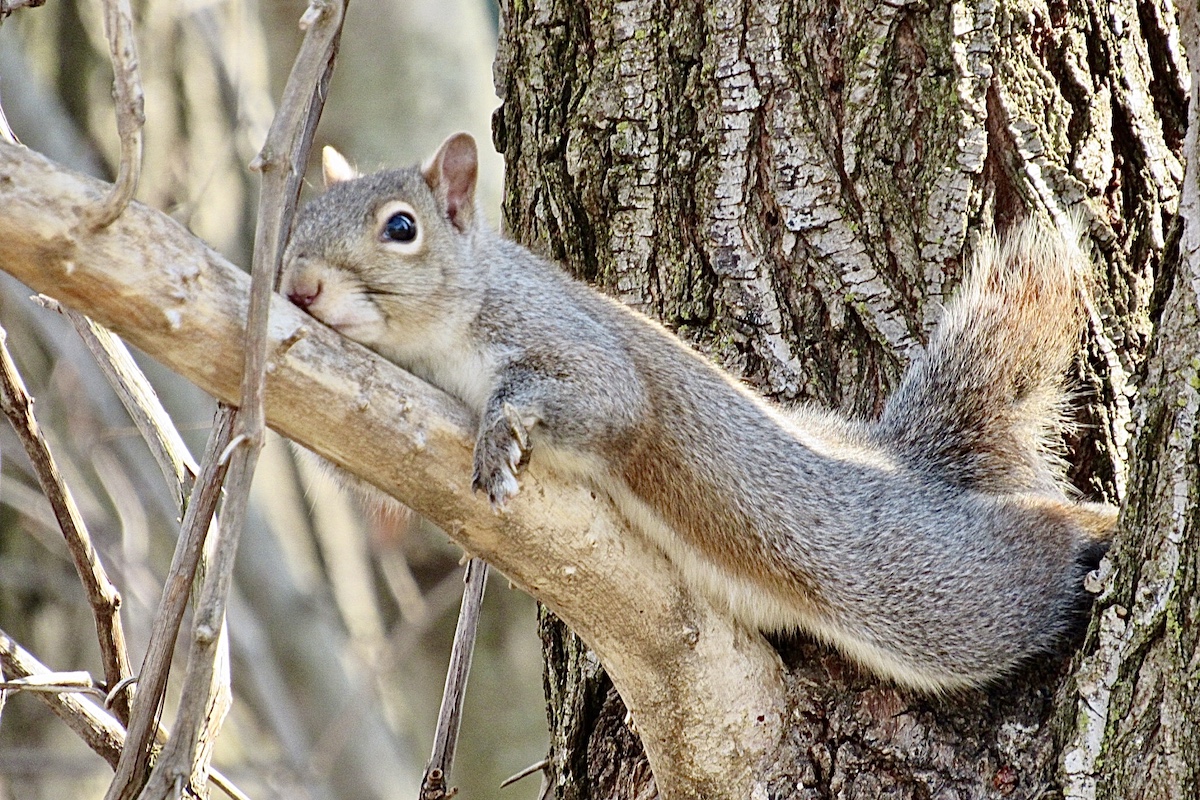




Submit a question for the author
Question: hi i would like to know if salt/mineral licks are beneficial during winter months?